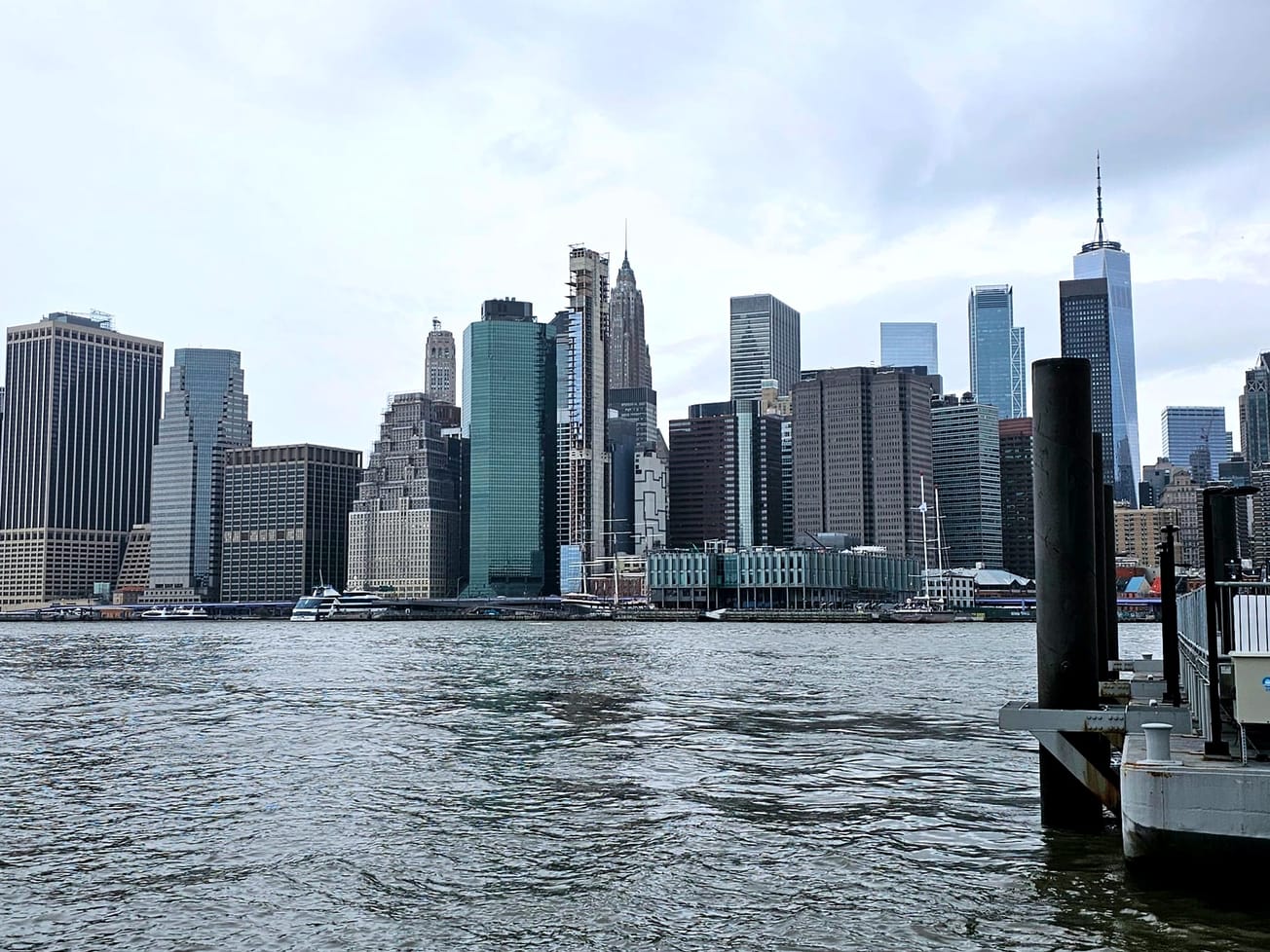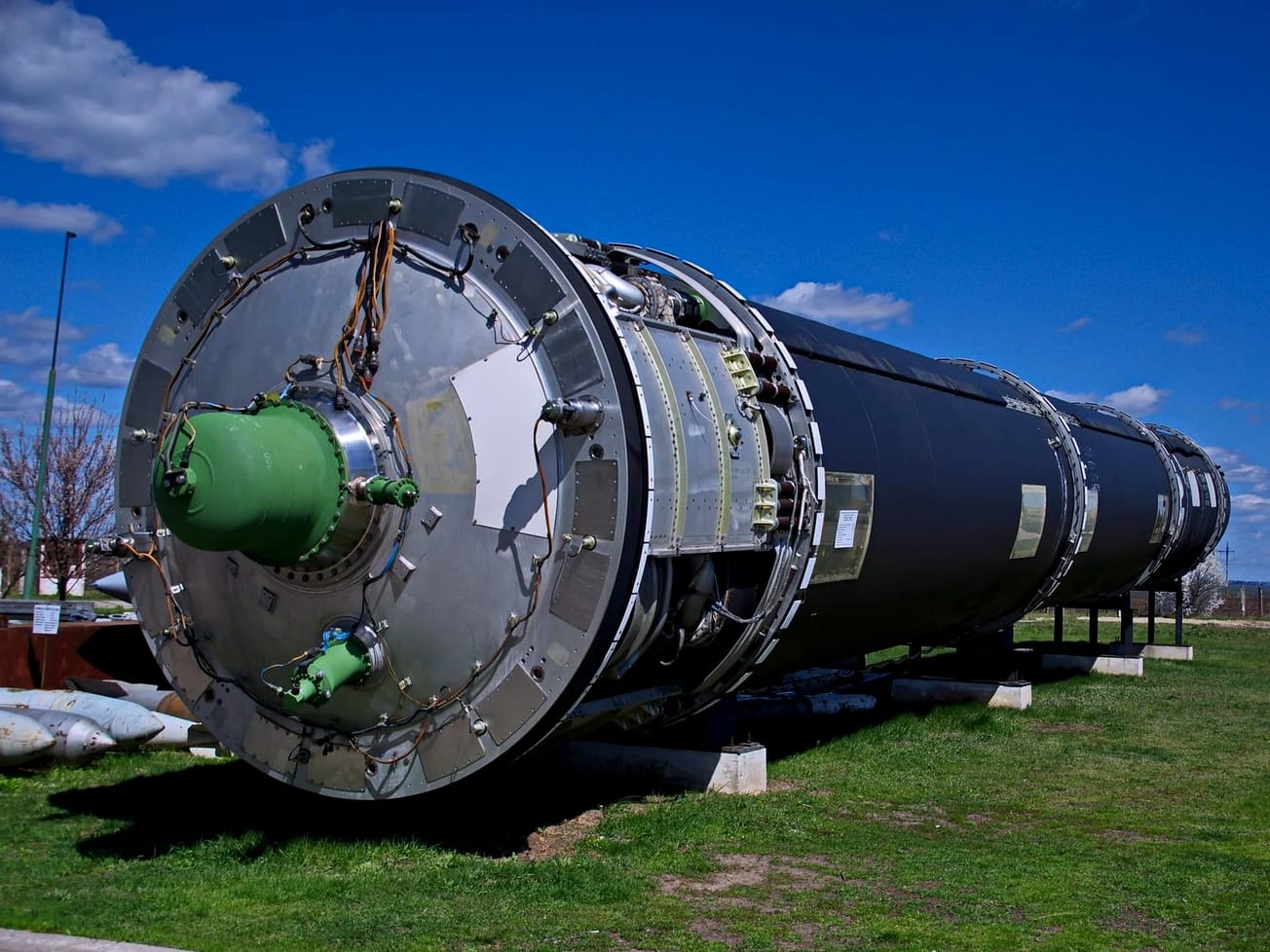The United Nations concluded its first major water conference in almost half a century, hoping to rally momentum for helping the 2 billion people who lack safe drinking water and 3.6 billion people without basic sanitation.
The conference, which drew 10,000 participants to U.N. headquarters in New York and online, led to about 700 nonbinding commitments from governments, nonprofits and businesses to a new "Water Action Agenda" and other follow-up steps under consideration including creation of a U.N. Special Envoy on Water.
“The commitments at this conference will propel humanity towards the water-secure future every person on the planet needs,” U.N. Secretary-General António Guterres said at the closing ceremony.
The future of humanity depends "charting a new course to sustainably manage and conserve water" that takes into account climate change and agriculture, he said.
Tajikistan and the Netherlands co-hosted the three-day water conference that ended on Friday. It aimed to achieve the sixth of the 17 U.N. Sustainable Development Goals, or SDGs, by 2030 that would "ensure availability and sustainable management of water and sanitation for all."
But the voluntary commitments that came from the conference – the first such gathering since a U.N. water conference in Argentina in 1977 – fall far short of a legally binding agreement like the 2015 Paris Agreement for climate change.
As with most of the SDGs that the U.N. General Assembly adopted in 2015, progress towards the sixth goal is "off-track and in some areas the rate of implementation needs to quadruple, or more," the U.N. reported, and there's been no "quantified information on progress" for five of the 11 target indicators. Businesses report making the most progress.
Happening now @UN #WaterConference- @jb_kamate from @WorldVision: "We need to bring safe #Water to every home. We must make #SDG6 a reality in this lifetime" #WaterAction #WorldVisionWater pic.twitter.com/Rk1CBhNLYS
— WorldVisionUN (@WorldVisionUN) March 23, 2023
1,000 children under 5 die every day because of unclean water and lack of access to basic hygiene and sanitation services.
— UNICEF (@UNICEF) March 22, 2023
This is unacceptable.
As water insecurity grows around the world, world leaders urgently need to take #WaterAction and save children’s lives. pic.twitter.com/TGTN28Ju3I
'Vampiric overuse'
The stalled progress is unsurprising, since the estimated cost of meeting the goal is between US$600 billion to US$1 trillion a year until 2030.
Still, Li Junhua, who heads the U.N. Department of Economic and Social Affairs, said he hoped "the energy we experienced at this conference will flow on" to spur more action at a U.N. summit on the SDGs planned for September.
The U.N.'s latest comprehensive report on progress towards improved water and sanitation finds water use globally increased about 1% a year in the past four decades – to the point where almost half the world's population will suffer from severe water stress by 2030 – and is expected to maintain that pace through 2050.
It finds 2 billion people, or 26% of the world’s population lack access to safe drinking water and 3.6 billion people, or 46% of the world’s population, don't have access to basic sanitation.
But with the world's failures to provide safe drinking water for a quarter of the population or basic sanitation for almost half, Guterres described World Water Day on Wednesday when the conference opened as a reminder of the "cost of these failures on the billions of people who lack access to safe water and sanitation."
He urged governments, businesses, scientists, youth, citizen groups and communities to join forces by co-designing and investing in solutions – and for nations, businesses and investors to take "bolder actions" to limit global warming which is "wreaking havoc" on nature's water cycles.
"Drop by drop, this precious lifeblood is being poisoned by pollution and drained by vampiric overuse," Guterres said. "Our world is dramatically — and dangerously — off-track to reaching our goal of safely managed water and sanitation for all by 2030."
This story has been updated with additional details.









